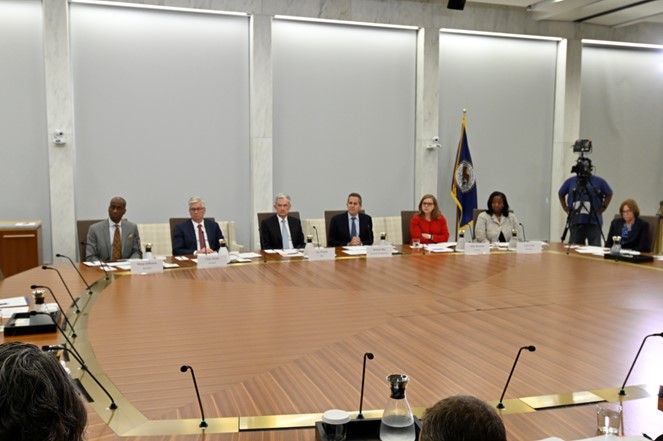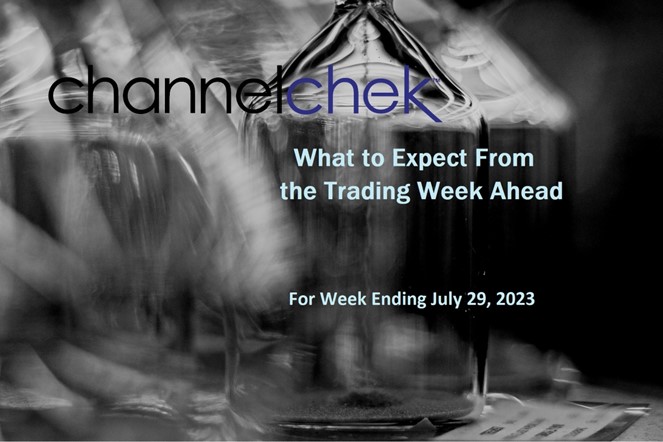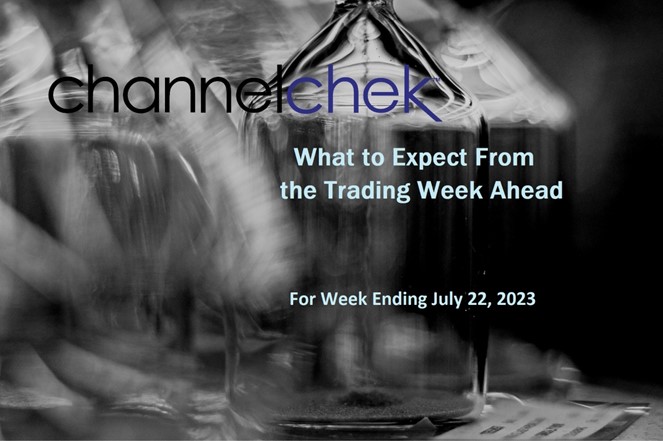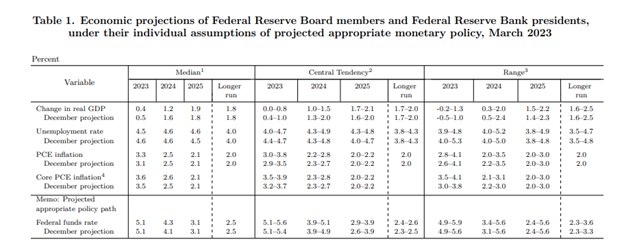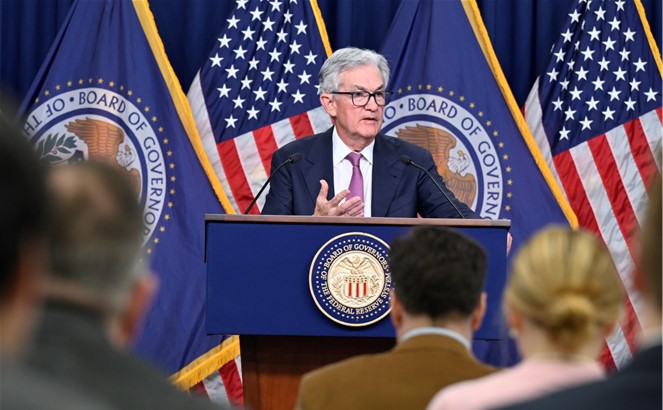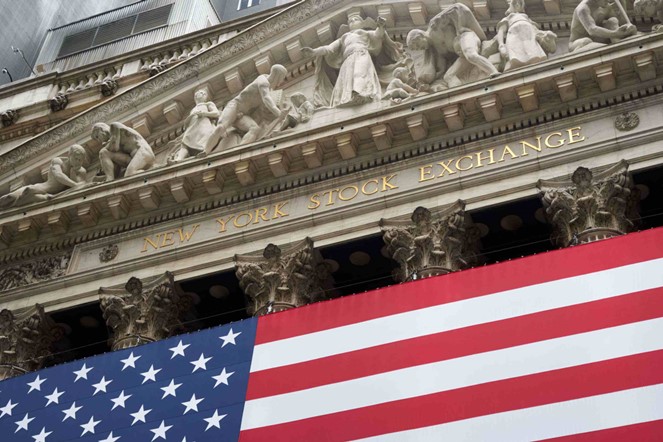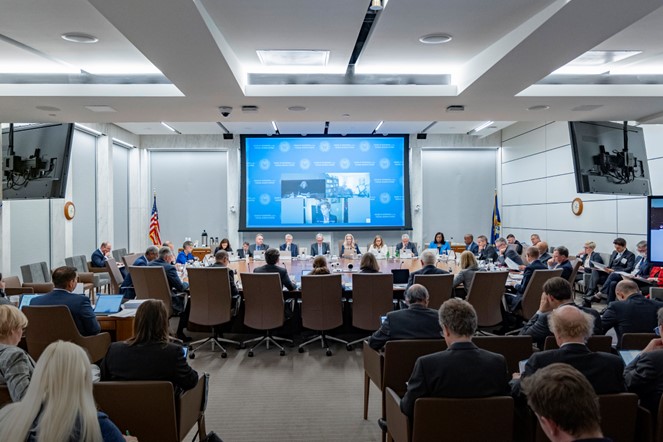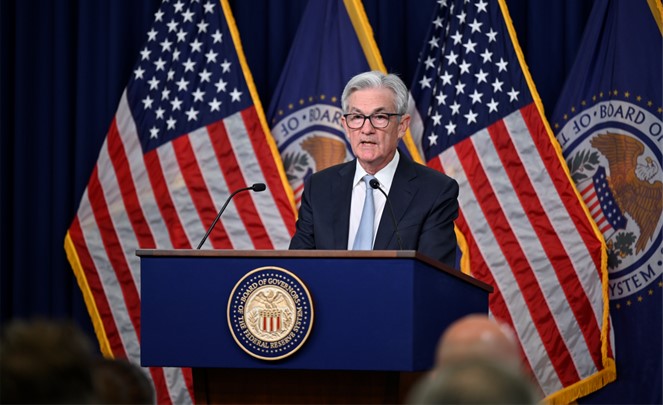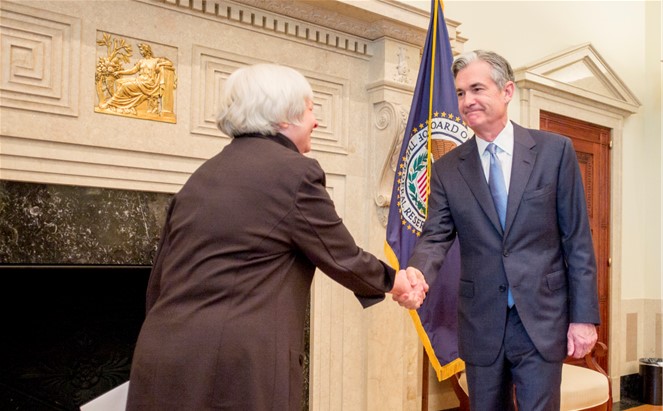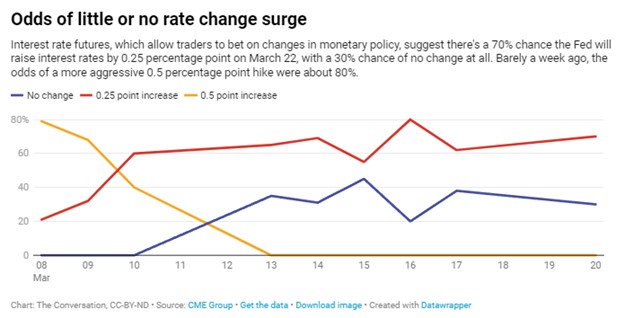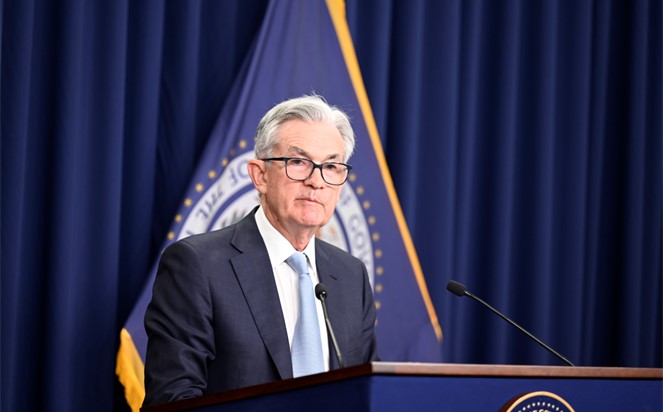The Federal Reserve left interest rates unchanged on Wednesday but projected keeping them at historically high levels into 2024 and 2025 to ensure inflation continues falling from four-decade highs.
The Fed held its benchmark rate steady in a target range of 5.25-5.5% following four straight 0.75 percentage point hikes earlier this year. But officials forecast rates potentially peaking around 5.6% by year-end before only gradually declining to 5.1% in 2024 and 4.6% in 2025.
This extended timeframe for higher rates contrasts with prior projections for more significant cuts starting next year. The outlook underscores the Fed’s intent to keep monetary policy restrictive until inflation shows clearer and more persistent signs of cooling toward its 2% target.
“We still have some ways to go,” said Fed Chair Jerome Powell in a press conference, explaining why rates must remain elevated amid still-uncertain inflation risks. He noted the Fed has hiked rates to restrictive levels more rapidly than any period in modern history.
The Fed tweaked its economic forecasts slightly higher but remains cautious on additional tightening until more data arrives. The latest projections foresee economic growth slowing to 1.5% next year with unemployment ticking up to 4.1%.
Core inflation, which excludes food and energy, is expected to fall from 4.9% currently to 2.6% by late 2023. But officials emphasized inflation remains “elevated” and “unacceptably high” despite moderating from 40-year highs earlier this year.
Consumer prices rose 8.3% in August on an annual basis, down from the 9.1% peak in June but well above the Fed’s 2% comfort zone. Further cooling is needed before the Fed can declare victory in its battle against inflation.
The central bank is proceeding carefully, pausing rate hikes to assess the cumulative impact of its rapid tightening this year while weighing risks. Additional increases are likely but the Fed emphasized future moves are data-dependent.
“In coming months policy will depend on the incoming data and evolving outlook for the economy,” Powell said. “At some point it will become appropriate to slow the pace of increases” as the Fed approaches peak rates.
For now, the Fed appears poised to hold rates around current levels absent a dramatic deterioration in inflation. Keeping rates higher for longer indicates the Fed’s determination to avoid loosening prematurely before prices are fully under control.
Powell has reiterated the Fed is willing to overtighten to avoid mistakes of the 1970s and see inflation fully tamed. Officials continue weighing risks between high inflation and slower economic growth.
“Restoring price stability while achieving a relatively modest increase in unemployment and a soft landing will be challenging,” Powell conceded. “No one knows whether this process will lead to a recession.”
Nonetheless, the Fed chief expressed optimism that a severe downturn can still be avoided amid resilient household and business spending. The labor market also remains strong with unemployment at 3.7%.
But the housing market continues to soften under the weight of higher rates, a key channel through which Fed tightening slows the economy. And risks remain tilted to the downside until inflation demonstrably falls closer to target.
For markets, clarity that rates will stay elevated through 2024 reduces uncertainty. Stocks bounced around after the Fed’s announcement as investors processed the guidance. The path forward depends on incoming data, but the Fed appears determined to keep rates higher for longer.


